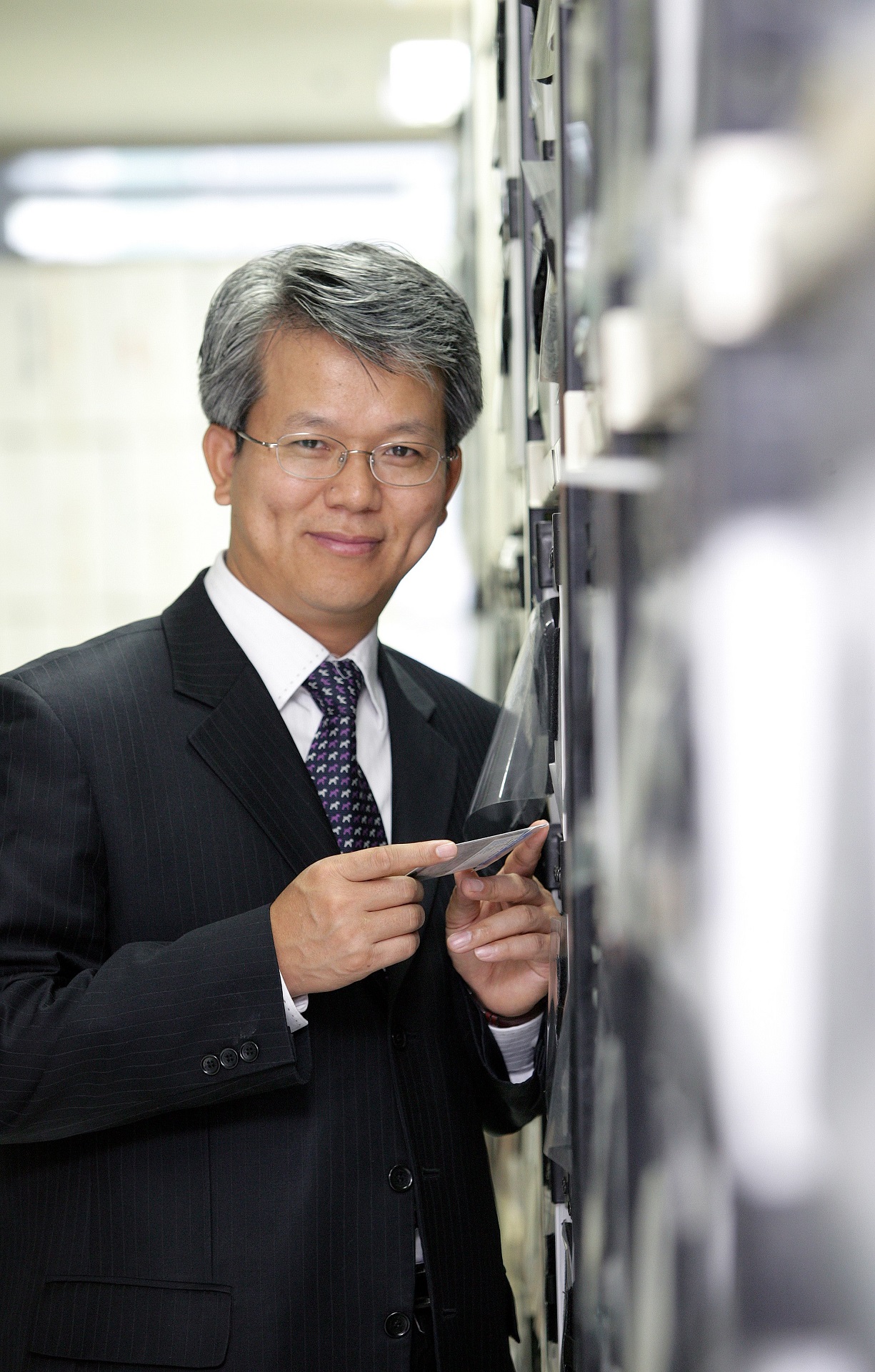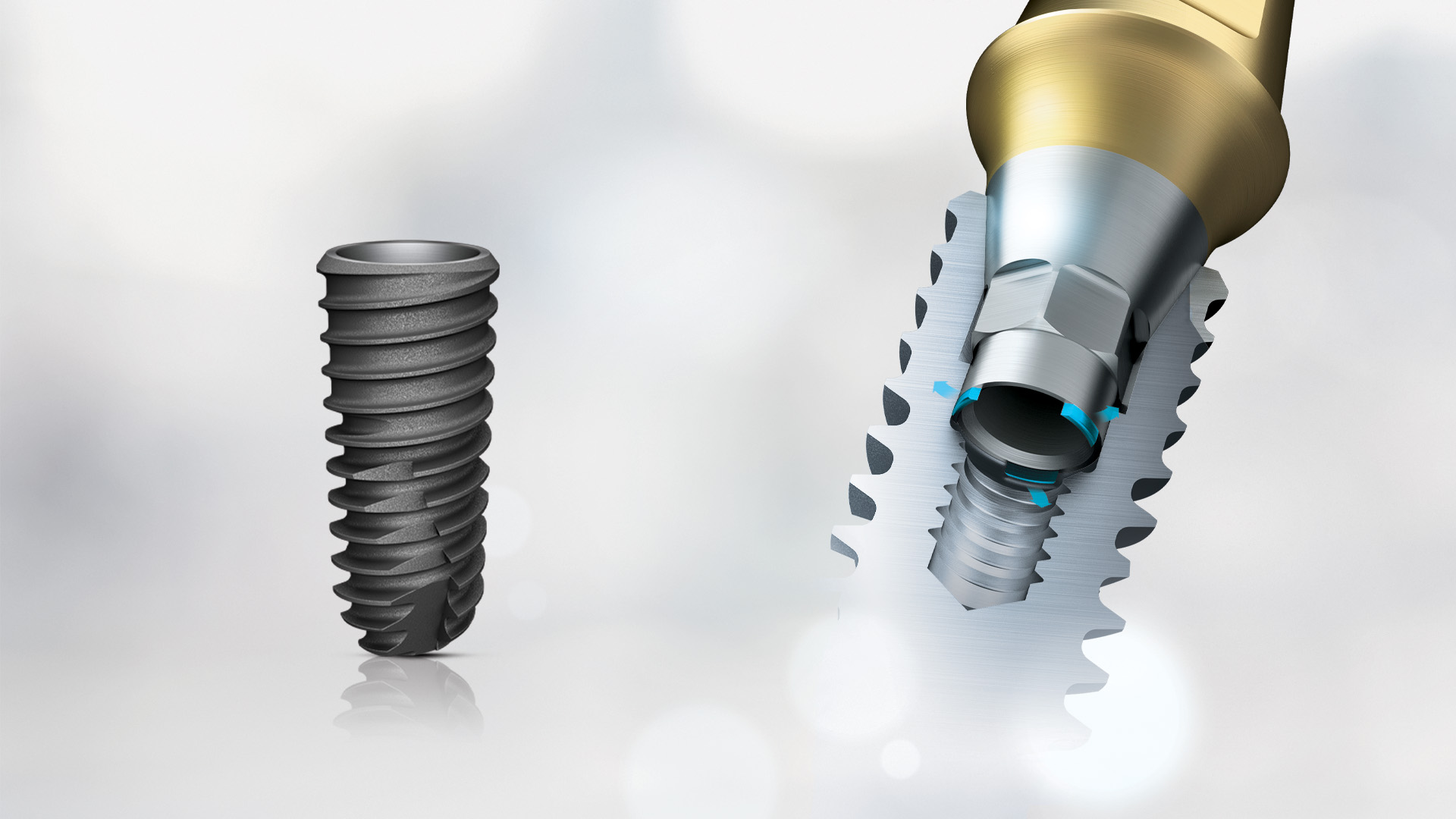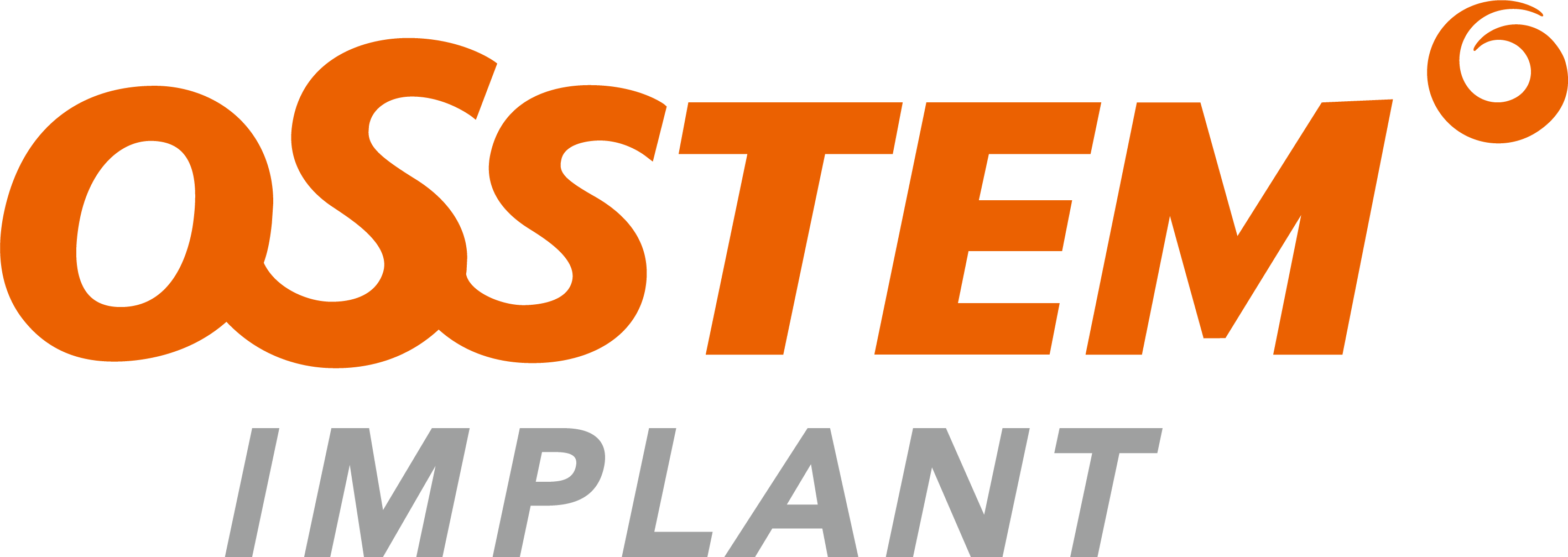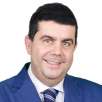Dr Choi, does being a dentist change your approach to customer relations?
As a dentist and the founder of Osstem Implant, I understand better than anyone else the difficulties that dentists face. I think that this is the greatest factor differentiating our company from others—our understanding and consideration of the needs of dentists.
All dentists want to have good results. We provide excellent products, including implants and a series of related products and services, and we do this to the best of our ability so that dental professionals can achieve good treatment outcomes. We also provide educational training to improve dentists’ clinical competency in implant therapy, and this is our top priority.

Dr Kyoo-Ok Choi is at the helm of one of the fastest growing implant companies in the world. (Image: Osstem Implant)
Since the late 1990s, I have performed dental implant surgery and developed the curriculum of a clinical training course that aims to promote the advantages of implant treatment. The ten-day, 80-hour clinical training programme includes a live surgical demonstration, and it has helped dentists throughout South Korea to competently perform implant surgery.
We recruited dentists as faculty members to lecture on implant-related topics, and we built an education centre where dentists could complete their training. Osstem Implant’s active promotion of the clinical implant training programme has been a decisive factor contributing to the widespread use of dental implants in South Korea. Today, 85% of all dentists in the country can perform implant surgery, meaning that it is no longer a special category of treatment that is performed only by oral surgeons. As a result, South Korea has a high ranking in the number of patients receiving implant surgery per 100,000 inhabitants.
Osstem Implant’s training course curriculum has now been expanded to a 24-day programme having three parts: basic, surgery and prosthodontic. This programme, known as the Master Course, was officially launched in 2018 under the slogan “D.I.Y (do implant yourself)” and is now being offered by 30 overseas branches in 26 countries.
Another factor that differentiates Osstem Implants is the company’s variety of products. Every person has a unique oral environment, and supplying only a few products to the market can lead to difficulties in selecting what is required for an individual case. Therefore, Osstem Implant has diversified its product line-up to better suit each clinical case.
Osstem Implant’s value for money is impressive. Do you consider yourself a supplier of value implants?
That is true. However, to be more precise, Osstem products meet both premium and value criteria. The product quality is premium, but the price is comparable with prices in the value category. We believe that Osstem Implant supplies the highest quality products at the best price. Osstem Implant’s wide-ranging clinical applications, osseointegration performance, long-term stability and excellent clinical cases are comparable with—if not superior to—any other implant product in the world. Nevertheless, we set the prices low so that customer accessibility can be maximised. As the number of implant patients and dentists’ incomes have fallen around the world owing to the pandemic, more dentists have sought cost-effective solutions, and our sales have increased.
There is no doubt that a dental implant is the most ideal treatment option for missing teeth. However, there are still not many patients who opt to receive implant treatment, and the implant uptake rate around the world is lower than you would expect. The two reasons for this are that the proportion of dentists who can perform implant surgery remains low and the average cost of the treatment is a burden. Our solution to these problems is to actively offer clinical education and to keep the price of implant materials low, thereby broadening the expertise of dentists to include implant surgery and supplying the most cost-effective products on the market.



 Austria / Österreich
Austria / Österreich
 Bosnia and Herzegovina / Босна и Херцеговина
Bosnia and Herzegovina / Босна и Херцеговина
 Bulgaria / България
Bulgaria / България
 Croatia / Hrvatska
Croatia / Hrvatska
 Czech Republic & Slovakia / Česká republika & Slovensko
Czech Republic & Slovakia / Česká republika & Slovensko
 France / France
France / France
 Germany / Deutschland
Germany / Deutschland
 Greece / ΕΛΛΑΔΑ
Greece / ΕΛΛΑΔΑ
 Italy / Italia
Italy / Italia
 Netherlands / Nederland
Netherlands / Nederland
 Nordic / Nordic
Nordic / Nordic
 Poland / Polska
Poland / Polska
 Portugal / Portugal
Portugal / Portugal
 Romania & Moldova / România & Moldova
Romania & Moldova / România & Moldova
 Slovenia / Slovenija
Slovenia / Slovenija
 Serbia & Montenegro / Србија и Црна Гора
Serbia & Montenegro / Србија и Црна Гора
 Spain / España
Spain / España
 Switzerland / Schweiz
Switzerland / Schweiz
 Turkey / Türkiye
Turkey / Türkiye
 UK & Ireland / UK & Ireland
UK & Ireland / UK & Ireland
 International / International
International / International
 Brazil / Brasil
Brazil / Brasil
 Canada / Canada
Canada / Canada
 Latin America / Latinoamérica
Latin America / Latinoamérica
 USA / USA
USA / USA
 China / 中国
China / 中国
 Japan / 日本
Japan / 日本
 Pakistan / Pākistān
Pakistan / Pākistān
 Vietnam / Việt Nam
Vietnam / Việt Nam
 ASEAN / ASEAN
ASEAN / ASEAN
 Israel / מְדִינַת יִשְׂרָאֵל
Israel / מְדִינַת יִשְׂרָאֵל
 Algeria, Morocco & Tunisia / الجزائر والمغرب وتونس
Algeria, Morocco & Tunisia / الجزائر والمغرب وتونس
 Middle East / Middle East
Middle East / Middle East
:sharpen(level=0):output(format=jpeg)/up/dt/2024/03/AI-AR.jpg)
:sharpen(level=0):output(format=jpeg)/up/dt/2024/03/Gut-microbiome.jpg)
:sharpen(level=0):output(format=jpeg)/up/dt/2024/03/Minimally-invasive-1.jpg)
:sharpen(level=0):output(format=jpeg)/up/dt/2019/03/New-research-finds-a-link-between-using-mouthwash-and-raised-blood-pressure.jpg)
:sharpen(level=0):output(format=jpeg)/up/dt/2024/02/Generative-AI-1.jpg)












:sharpen(level=0):output(format=png)/up/dt/2014/02/3shape.png)
:sharpen(level=0):output(format=png)/up/dt/2013/04/Dentsply-Sirona.png)
:sharpen(level=0):output(format=png)/up/dt/2015/09/Curaden.png)
:sharpen(level=0):output(format=png)/up/dt/2014/02/MIS.png)
:sharpen(level=0):output(format=png)/up/dt/2021/02/logo-gc-int.png)
:sharpen(level=0):output(format=png)/up/dt/2014/02/Du%CC%88rr_Dental.png)
:sharpen(level=0):output(format=jpeg)/up/dt/e-papers/332719/1.jpg)
:sharpen(level=0):output(format=jpeg)/up/dt/e-papers/331220/1.jpg)
:sharpen(level=0):output(format=jpeg)/up/dt/e-papers/329595/1.jpg)
:sharpen(level=0):output(format=jpeg)/up/dt/e-papers/328476/1.jpg)
:sharpen(level=0):output(format=jpeg)/up/dt/e-papers/327304/1.jpg)
:sharpen(level=0):output(format=jpeg)/up/dt/e-papers/325553/1.jpg)
:sharpen(level=0):output(format=jpeg)/up/dt/2022/07/OSSTEM-Implant-Our-aim-is-to-become-a-total-service-provider_Dr-Choi_1.jpg)
:sharpen(level=0):output(format=png)/up/dt/2022/05/osstem_logo.png)
:sharpen(level=0):output(format=gif)/wp-content/themes/dt/images/dt-user.gif)

:sharpen(level=0):output(format=jpeg)/up/dt/2022/05/The-symposium-is-back-Osstem-Hiossen-Meeting-in-Europe-to-take-place-in-autumn.jpg)

:sharpen(level=0):output(format=jpeg)/up/dt/2022/06/OSSTEM-AIC.jpg)
:sharpen(level=0):output(format=jpeg)/up/dt/2022/07/VoiceOfTogether-Osstem-Europes-AIC-and-Andrea-Bocelli-Foundation-unite-to-help-Ukrainian-refugees.jpg)
:sharpen(level=0):output(format=jpeg)/up/dt/2022/06/2022-06-14-Osstem-introduces-HySil-Plus-for-precise-impression-taking.jpg)


:sharpen(level=0):output(format=jpeg)/up/dt/e-papers/331220/1.jpg)
:sharpen(level=0):output(format=jpeg)/up/dt/e-papers/329595/1.jpg)
:sharpen(level=0):output(format=jpeg)/up/dt/e-papers/328476/1.jpg)
:sharpen(level=0):output(format=jpeg)/up/dt/e-papers/327304/1.jpg)
:sharpen(level=0):output(format=jpeg)/up/dt/e-papers/325553/1.jpg)
:sharpen(level=0):output(format=jpeg)/up/dt/e-papers/332719/1.jpg)
:sharpen(level=0):output(format=jpeg)/up/dt/e-papers/332719/2.jpg)
:sharpen(level=0):output(format=jpeg)/wp-content/themes/dt/images/3dprinting-banner.jpg)
:sharpen(level=0):output(format=jpeg)/wp-content/themes/dt/images/aligners-banner.jpg)
:sharpen(level=0):output(format=jpeg)/wp-content/themes/dt/images/covid-banner.jpg)
:sharpen(level=0):output(format=jpeg)/wp-content/themes/dt/images/roots-banner-2024.jpg)
To post a reply please login or register